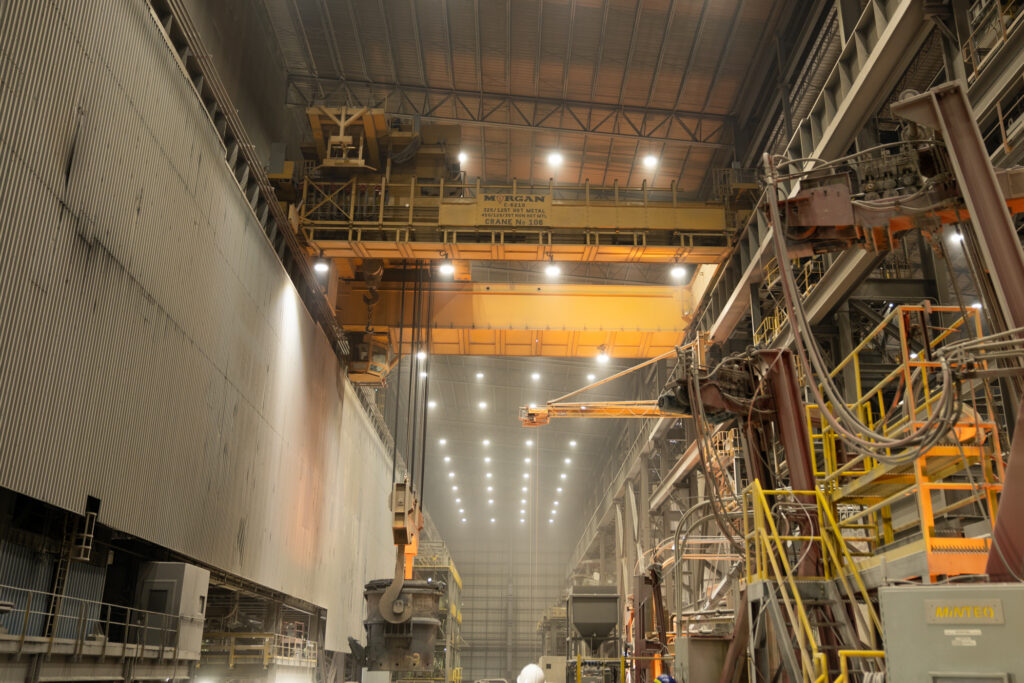Easy Crane Maintenance: Paying Attention

/ Blog
In a previous post (see “Crane Replacement: Should you Upgrade your Crane?”), VP of Morgan Engineering, Kenneth Mauer, P.E., talked about crane upgrades as a way of giving a new lease on life to your old-but-gold crane. As a crane technician, that post made me think about how a such a long-lasting and good crane was maintained. Sadly, in my experience, the most reliable equipment is often the least cared for.
This disconnect is understandable—especially for cranes—where the mindset is usually, “If it’s moving material, it’s fine.” So, while repair teams are busy running to the next breakdown, the most reliable equipment is relegated to quick, barebone spot inspections.
Don’t get me wrong—I understand the time crunch. However, the simplest steps can prevent the costliest breakdowns.
Back to the Basics of Crane Inspections
Of course, every inspection involves running down a checklist making sure each item is working as intended. Sometimes though, the checklist becomes the main focus of your inspection, rather than your crane.
The most important part of a crane inspection—and probably the most overlooked—is just getting up on your crane and walking it. It isn’t scientific, it doesn’t require years of experience, it’s just a matter of paying attention to your crane regularly enough that you notice changes from one inspection to the next.
In fact, experience can sometimes get in the way of noticing things. When you go up on your crane for a walk, my recommendation is to have two people go up: one that is on that crane a lot, and one that rarely sees that crane. That way the first person can pay attention to differences from the last time they were on the crane, and the second person can see any deformations that the other person just got used to.
Finding the Root Cause of Maintenance Issues
The simple act of paying attention extends to troubleshooting maintenance issues and part repairs. Parts fail and need to be replaced sometimes; that’s just reality. But if the same part fails quickly after it’s replaced, or it doesn’t last as long as it should (See “How Many Spare Crane Parts Do You Need?”) you should, consider that it probably isn’t an isolated issue. For example, this means that if you’re losing a wheel assembly every other year, you absolutely need to inspect the alignment of your crane.
For repeat mechanical issues, this can even mean literally listening to your crane. One tool that I always keep in my truck—I kid you not—is a stethoscope. You can take this piece of medical equipment and do a quick checkup on the internals of your crane. After a little practice, you’ll quickly be able to hear misalignment of gear mesh and the early stages of bearing failure.
Using the Right Tools
Whatever simple addition you add to your crane maintenance program, you’ll need the right tools to get the job done. You’ve already heard about my stethoscope, but another addition would be an integrated crane management software like Morgan CM™. Using crane management, you can easily track how many times a part as failed or faulted so you can easily determine where you should look for root cause issues. Morgan CM™ can even monitor part health in real-time. In some ways, making it like virtually walking you crane.
Whether you use our product or not, I hope you find a way to pay attention to the good equipment in your mill—giving you more old-but-gold cranes to be proud of.

